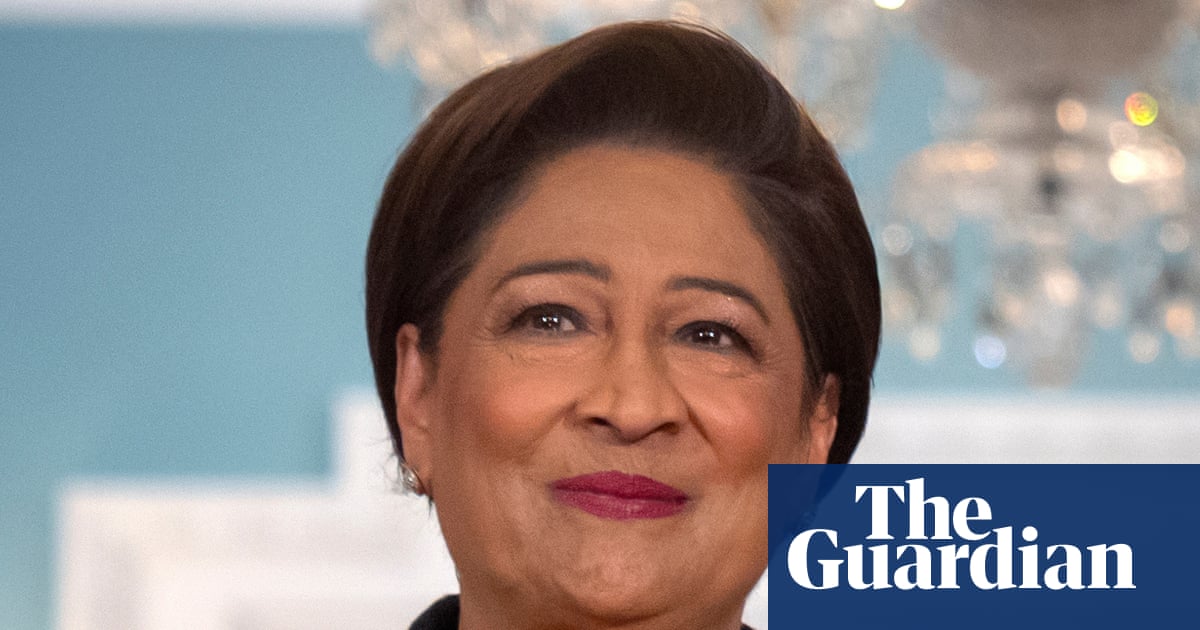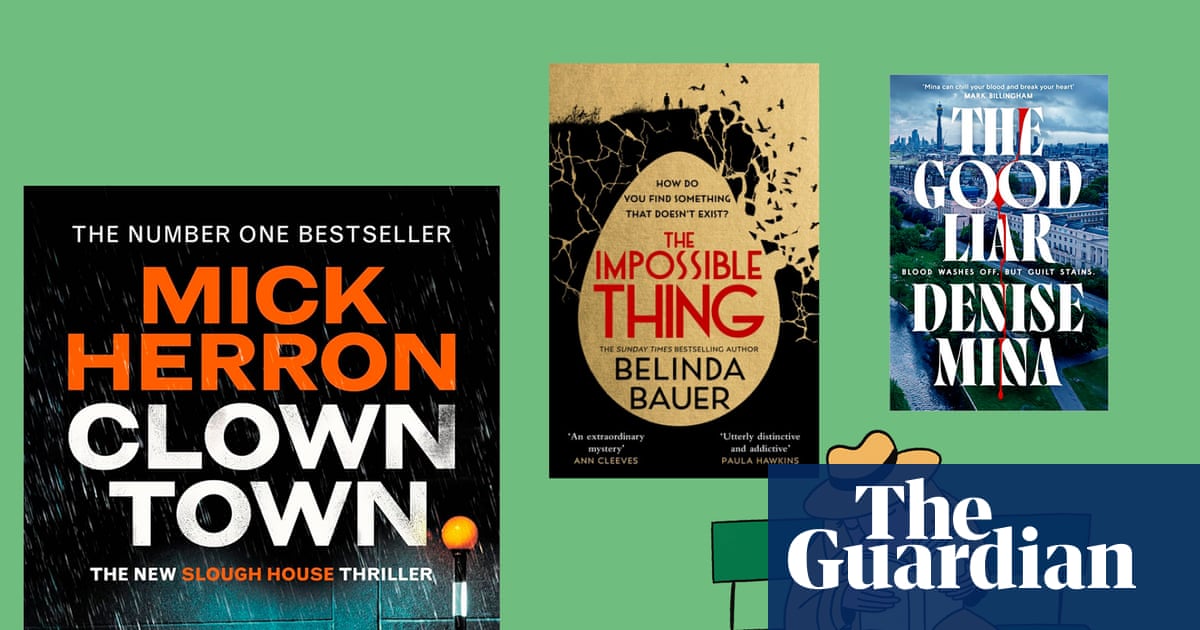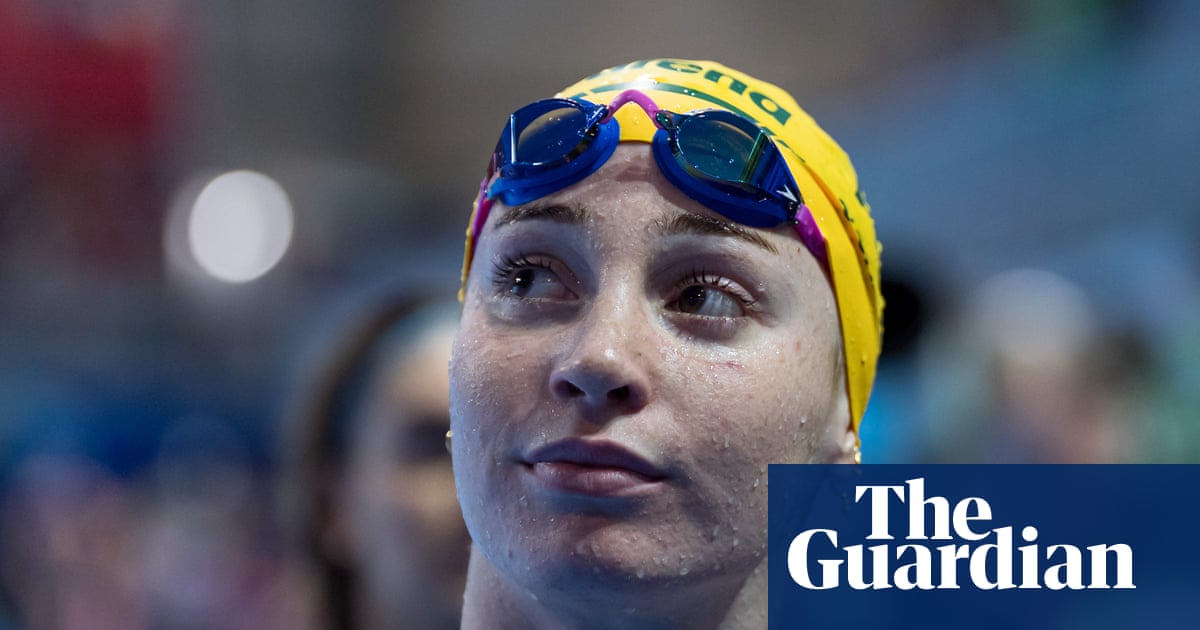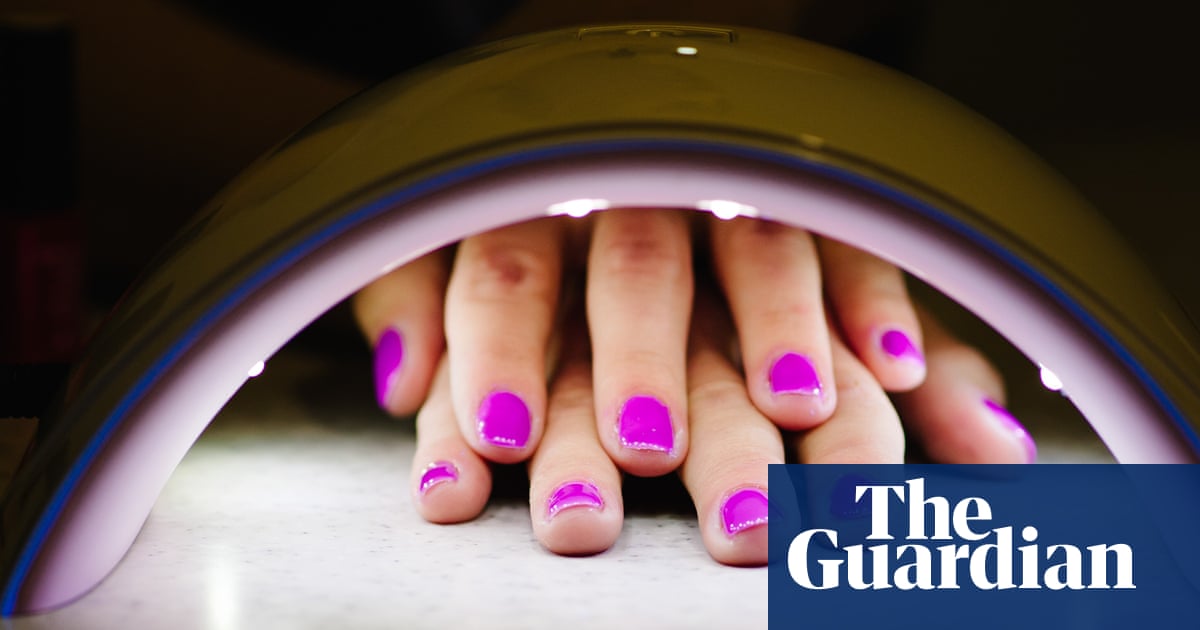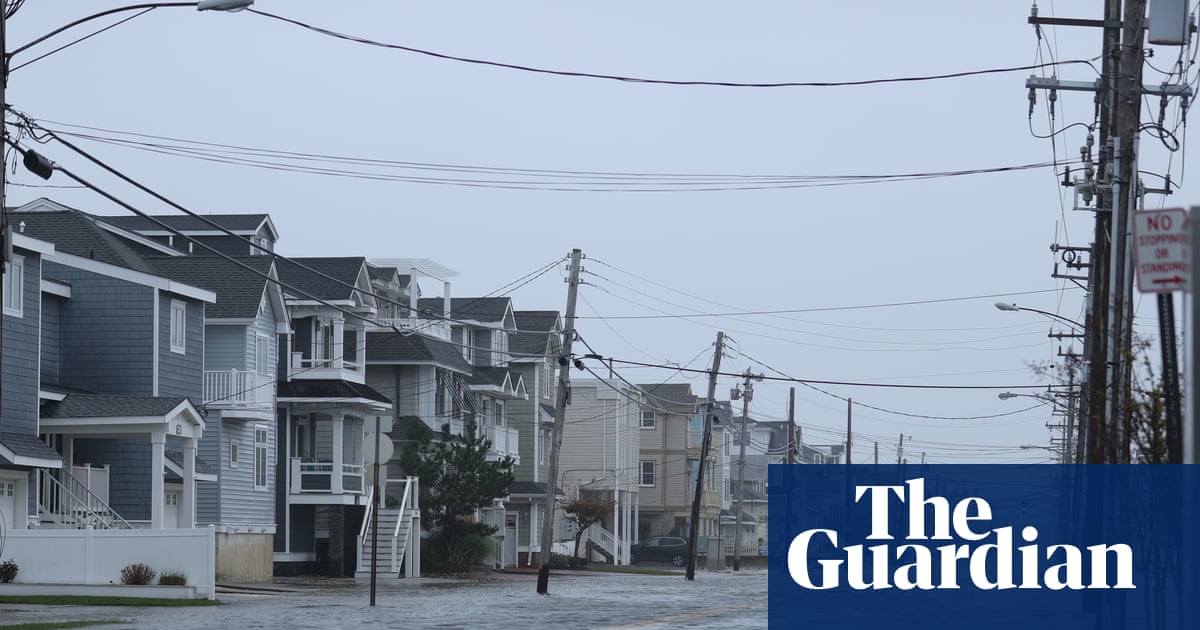About a year ago, when I was packing to move to a new flat, I got rid of the only dress I owned. Before that, I hadn’t realised I was down to just the one. I knew I rarely reached for dresses and skirts any more, either in shops or in my wardrobe. And I had already taken the step of binning the unloved tangle of tights in my sock drawer. But the move to wearing only trousers had been gradual. A few months ago, I even surprised myself when my automatic response to someone’s question about my outfit was a calm and confident: “I’m not really a dress person.”
But it’s true, I’ve realised. I’m just not. That last dress – a simple black midi that represented the little black dress that 00s magazines taught me all women should have – had only been worn a handful of times. So on to the charity shop pile it went.
Though I was never one of those children who had tantrums when a parent insisted they wore a dress, I wasn’t a naturally “girly” girl either. I was cast as Joseph in my first ever nativity play, at a mixed gender nursery. When I started school and had to wear a skirt as part of my uniform, my reception teacher used to say “lady Lucy” during lessons to remind me to sit with my legs together. And, in one photo of a childhood fancy dress party, I am pictured standing proudly behind the other little girls, who are all wearing princess dresses, with my arms outstretched, inexplicably dressed as a crow.

When I came out as gay in my late teens, it had a liberating effect on my fashion choices – I no longer felt a need to look like a stereotypical straight woman – but it also came with its own pressures. Comments like “just because you’re a lesbian it doesn’t mean you have to look like a man” scared me off presenting in a more androgynous way for a while. And I knew I didn’t really fit into either “butch” or “femme” categorisations.
But bit by bit, as I’ve experimented and found the clothes I feel most myself in, I’ve found that not being a “dress person” is what seems to work for me. It can take a bit more effort to find the right outfit, especially for formal events. I agonised over what to wear for an uber-fancy wedding last year, for example, for which the dress code was floor-length gowns and tuxedos (I ended up going for a satin suit). But I’ve found that, as long as you have made an effort to look smart, people don’t seem to mind whether you’ve followed the dress code to the letter.
I don’t want to pretend that looking more obviously queer is all sunshine and roses in today’s political climate – I’ve experienced an increase in homophobic harassment in recent years. And I really hope all the noise about who should be allowed in which bathrooms doesn’t stop people dressing in gender non-conforming ways – because, when I’m wearing a killer suit, I feel as if I can do anything, and nobody should be intimidated out of experiencing that.
In ditching dresses for good, I’ve learned to love my childhood self, who confidently picked out that crow costume. Not because it was a good look (it really wasn’t) but because that little girl didn’t care about being different, or about looking the way a girl is “supposed” to look. I think I’ve been finding my way back to her ever since.

 2 months ago
32
2 months ago
32



